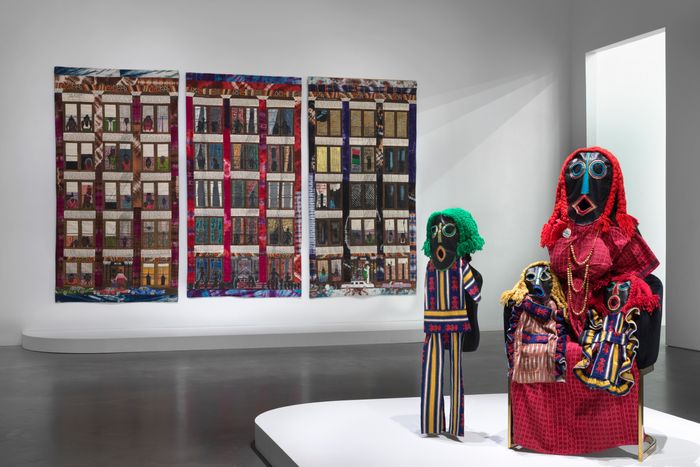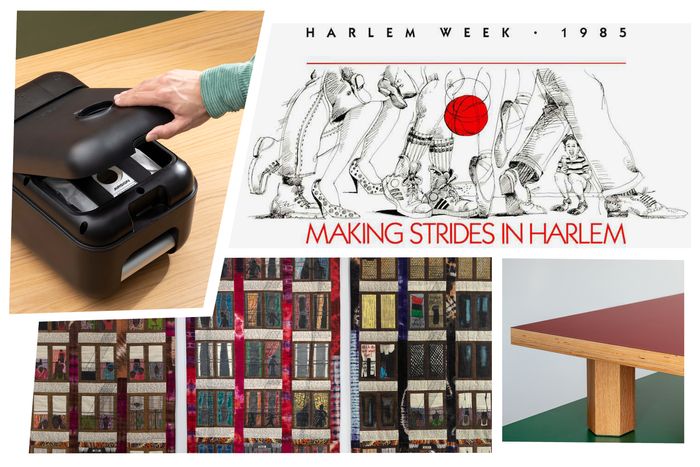
Every couple of weeks, I’ll round up and share the objects, designers, news, and events worth knowing about.
“Return Sale” at the Abrons Arts Center
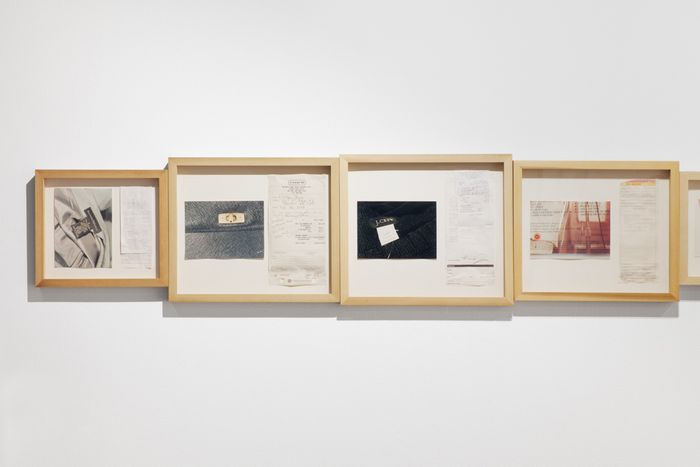
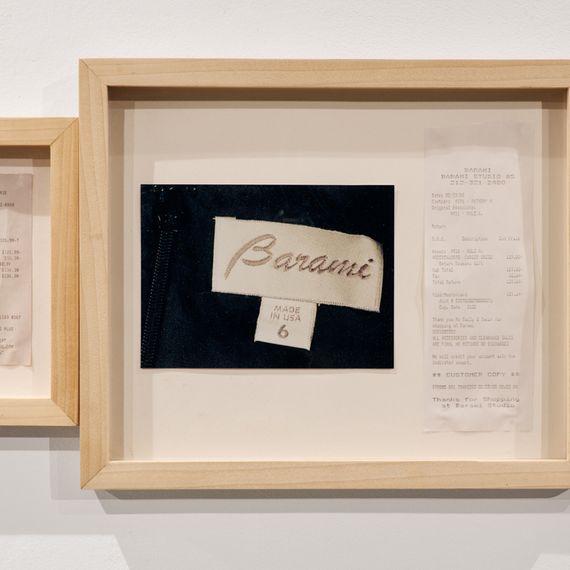
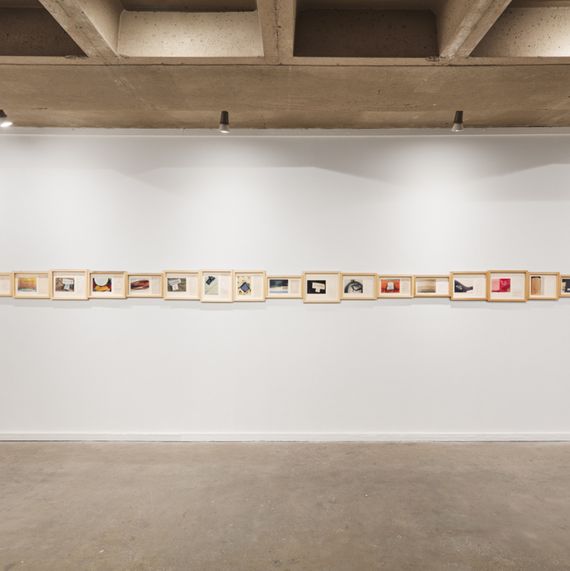
In 2000, during a residency at the World Trade Center, the Palestinian American artist Emily Jacir bought and returned merchandise from every single store in its mall: a $25 Italian necktie printed with camels from Tie Rack; a $129 black “career dress” from Barami; a $10 celery-green cardigan from the Children’s Place. She photographed each item and her receipts for her piece My America (I Am Still Here). It’s both an index of a very specific time and place and a commentary on the false promise of “infinite mobility” in America based on what you purchase. While it’s easy to buy and return products and use them to project an idea of social mobility, for people, freedom of movement is far more restricted. The work is on view publicly for the first time in “Return Sale,” an exhibition about lower Manhattan’s malls at the Abrons Arts Center, curated by Camila Palomino. The show explores how retail strategy and, more specifically, mall planning came to define the post-9/11 lower Manhattan landscape. When I pass through the Fulton Center–Oculus–Brookfield Place megaplex, I’m often struck by how alienating and contrived the malls are considering so many New Yorkers, including myself, are not the archetypal consumers that urban planners have centered in their plans for lower Manhattan — affluent financial-services employees and the day-trippers and tourists seeking the “glamorous image” the city represents. But most financial-services employees walking around Brookfield aren’t wearing Louis Vuitton and Bottega Venetta; they’re all in the same gray slacks and corporate-branded fleece vests. The consultant-imposed idea of the New Yorker as a luxury shopper is just as much a fantasy as the infinite mobility myth that Jacir takes apart in My America (I Am Still Here). Through April 3.
A Vacuum That Actually Looks Good
Joseph Guerra — the designer behind the Lalo stroller, Misen cookware, and Away’s concept shop — has branched out into his own DTC brand with Airsign, a new home-appliance company. Its first product is a minimalist HEPA-filter vacuum that looks more like a slick suitcase than a clunky machine. Full disclosure: I haven’t tried the vacuum out personally. Unlikely as it may seem, I’m rooting for a small, independent company bringing some healthy competition to a field dominated by a certain designer with bad politics.
The Cheryl D. Miller Collection at the Lubalin Center
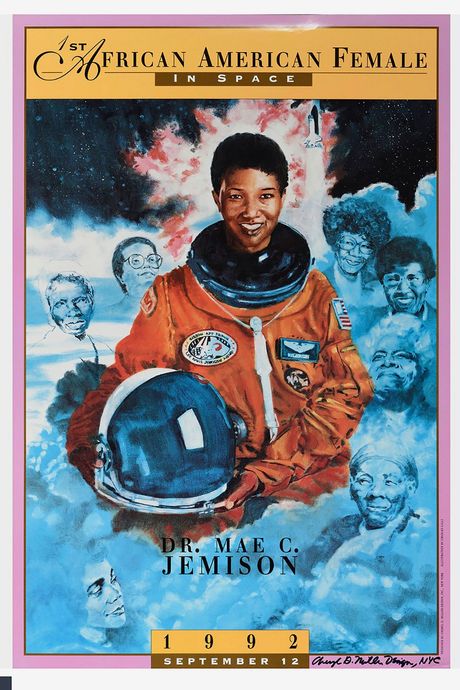
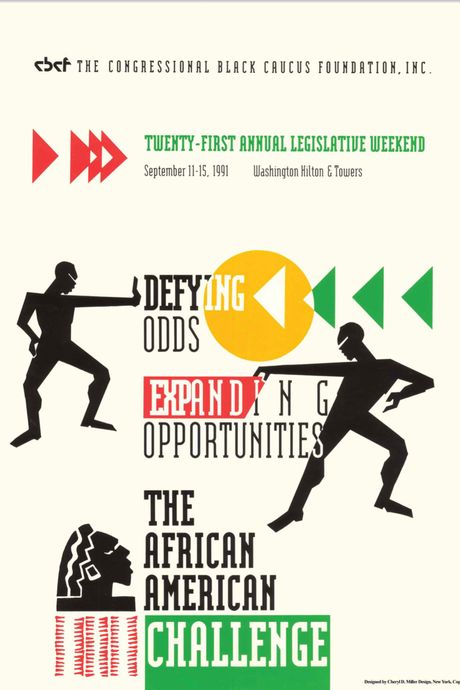
The personal collection of BIPOC graphic work owned by the pioneering designer Dr. Cheryl D. Miller is heading to the Herb Lubalin Study Center of Design and Typography at the Cooper Union. The donation — which includes Miller’s posters for NASA and the Congressional Black Caucus and her thesis about the lack of diversity in her profession — lays the groundwork for a new collection focused on Black graphic-design history. While Black designers have created significant work, the collections of museums haven’t adequately reflected it. “This is an important way of decolonizing design history, making sure every voice is heard in the history of graphic design in North America,” says Dr. Miller, who has been working with Stanford on a similar collection for the West Coast. I’m excited to see how this work will become more accessible through the Study Center, which is also planning to use Miller’s gift, along with other new donations, for an online publication on Dorothy E. Hayes, Louise E. Jefferson, and Mozelle Thompson Jr. due out later this year.
Faith Ringgold’s Story Quilts at the New Museum
There’s a monumental retrospective on Faith Ringgold at the New Museum, encompassing nearly 60 years of her paintings, sculptures, prints, and activism work. Ringgold’s story quilts are regularly represented in museum collections, but it’s truly staggering to see them all together and observe the tremendous care that every stitch, piece of fabric, and hand-painted letter represents. I was drawn to her 7-by-12-foot 1985 Street Story Quilt, which tells the story of a single building in Harlem over time and how the traumatic events the residents experience — a war, a fire, and fatal car crashes — affect the people living there. In a city filled with hundreds of thousands of apartment buildings, it’s a reminder of how the city is embedded with deep, complex archives. Through June 5.
Poole Tables by GRT Architects
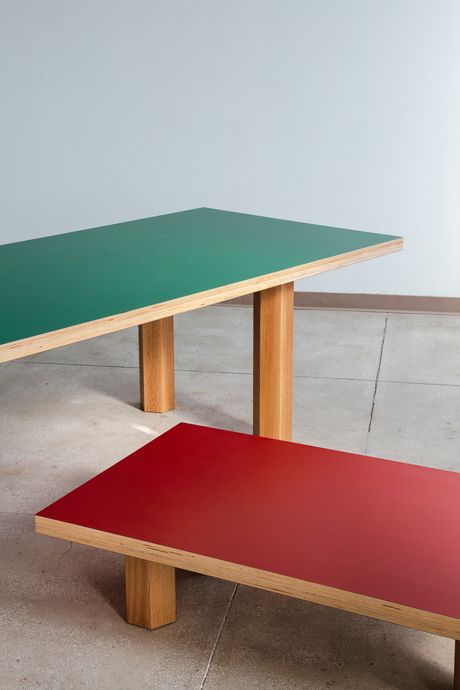
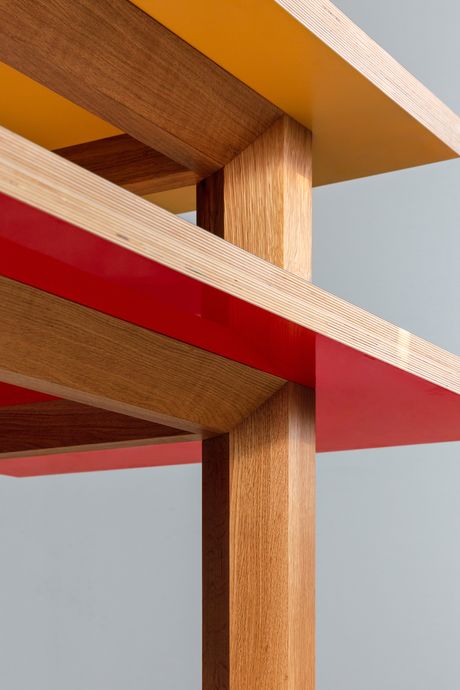
GRT Architects — the Brooklyn studio behind some of the city’s best-designed streeteries and envy-inducing homes — has a new collection of tables launching soon with Matter. GRT’s work is so satisfying to experience because of the materials and the craftsmanship (especially woodwork and casework) within their spaces. The Poole Tables — which are inspired by their renovation of a Harlem townhouse originally designed by Thomas Henry Poole — represent their sensibility on a small scale. The tabletops are thick plywood with an exposed striped edge sandwiched between laminate (in colors that feel very Charlotte Perriand–eqsue) and chunky hexagonal oak legs. These tables show that minimalism isn’t boring when it’s done really well.



